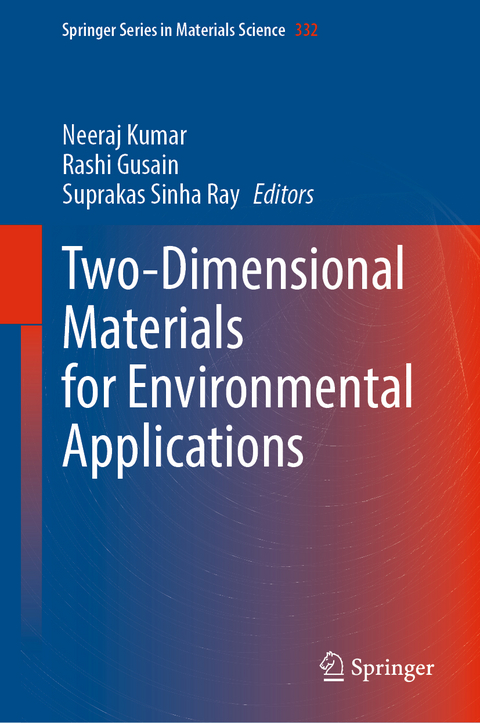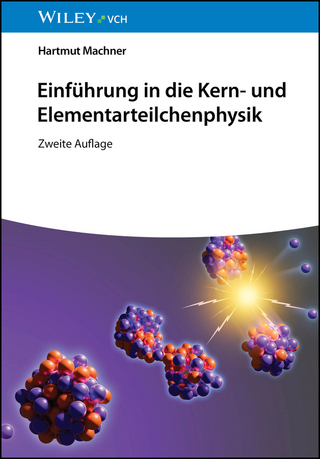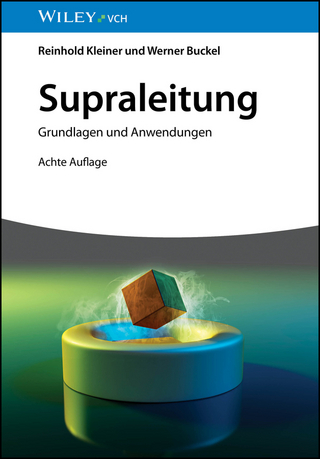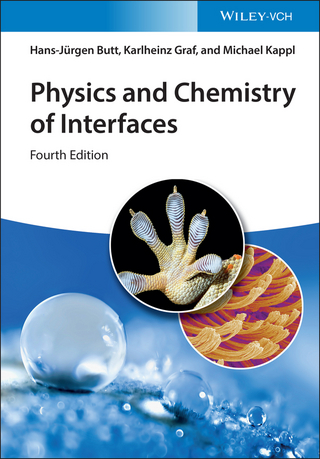
Two-Dimensional Materials for Environmental Applications
Springer International Publishing (Verlag)
978-3-031-28755-8 (ISBN)
This book focuses on recent developments in the field of two-dimensional nanomaterials for environmental applications. Due to their high surface area and tunable surface chemistry, two-dimensional nanomaterials are currently garnering great interest for environmental remediation applications. This book compiles contributed chapters from active international researchers dealing with the development of state-of-the-art two-dimensional nanomaterials in environmental applications such as water and wastewater treatment, adsorption, photocatalysis, membrane separation, desalination, deionization, environmental pollutants sensing/detection, carbon-dioxide capture and catalytic conversion, microbial treatment, and electrochemical remediation.
Each chapter provides an essential and comprehensive overview of the recent advances in material development and application, giving special attention to preparation methods, tunning of physiochemical properties, surface and interface chemistry, structural porosity, assemblies integration for fabrication of devices, and their relationship with overall efficiency. It offers a valuable reference guide for environmental and materials scientists, engineers, and policymakers working towards environmental sustainability.
Dr Neeraj Kumar is a researcher at Council for Scientific and Industrial Research (CSIR), Pretoria, South Africa. He is also visiting researcher in the Department of Chemical Sciences at the University of Johannesburg. He obtained his Ph.D. degree in chemistry from the University of Johannesburg in 2017. His research interests are in the synthesis and processing of carbon and inorganic nanostructured materials and their nanocomposites for energy and environmental sustainability. His current research focuses on developing 2D nanomaterials such as graphene, transition metal dichalcogenides (viz. MoS2), MXenes, g-C3N4, h-BN and 2D MOFs for environmental applications, including water and wastewater treatments, adsorption, photocatalysis, electrocatalysis, clean fuels and CO2 capture and utilization.Dr Rashi Gusain received her Ph.D. degree in Chemical Science from CSIR-Indian Institute of Petroleum, India. In 2016, she started her first Postdoc at the Indian Institute of Technology Madras, India and later, she joined the group of Prof. Oleg Antzutkin at Luleå University of Technology, Sweden. Currently, she is working with Prof. Suprakas Sinha Ray at the University of Johannesburg and also a visiting researcher at CSIR-Pretoria. Her expertise is in organic and inorganic synthesis, ionic liquids, nanomaterials, tribology, photocatalysis, CO2 capture and conversion and water purification. Her current research interest is the development of inorganic materials for photo-degradation of organic water contaminants and CO2 capture and conversion.
Professor Suprakas Sinha Ray is a chief researcher in nanostructured materials at the Council for Scientific and Industrial Research (CSIR) with a Ph.D. in physical chemistry from the University of Calcutta in 2001 and director of the DST-CSIR Centre for Nanostructures and Advanced Materials. Ray's current research focuses on advanced nanostructured materials and their applications. He is one of the most active and highly cited authors in the field of polymer nanocomposite materials, and he has recently, been rated by Thomson Reuters as being one of the Top 1% most impactful and influential scientists and Top50 high impact chemists (out of 2 mil Chemists worldwide).
Prof. Ray is the author of 5 books, co-author of 3 edited books, 32 book chapters on various aspects of polymer-based nanostructured materials & their applications, and author and co-author of 330 articles in high-impact international journals, 30 articles in national and international conference proceedings. He also has 6 patents and 7 new demonstrated technologies shared with colleagues, collaborators and industrial partners. So far, his team commercialized 19 different products. His honors and awards include South Africa's most Prestigious 2016 National Science and Technology Award (NSTF); Prestigious 2014 CSIR-wide Leadership award; Prestigious 2014 CSIR Human Capital development award; Prestigious 2013 Morand Lambla Awardee (top award in the field of polymer processing worldwide), International Polymer Processing Society, USA. He is also appointed as Extraordinary Professor, University of Pretoria and Distinguished Professor of Chemistry, University of Johannesburg.
MXenes: An emerging class of materials for environmental remediation.- Application of MXenes in Water Purification, CO2 Capture and Conversion.- Inorganic Analogues of Graphene and Their Nanocomposites for Wastewater Treatment.- Graphitic Carbon Nitride (g-C3N4)-based Photocatalysts for Environmental Applications.- Antibacterial Properties of Two-Dimensional Nanomaterials.- Graphene-Based Photocatalysts for the Elimination of Pollutants in Water.- Adsorptive Removal of Pollutants Using Graphene-Based Materials for Water Purification.- Fabrication of Advanced 2D Nanomaterials Membranes for Desalination and Wastewater Treatment.- Development of 2D Nanomaterials-based Sensors for Detection of Toxic Environmental Pollutants.- 2D Nanomaterial Photoelectrodes for Photoelectrochemical Degradation of Pollutants and Hydrogen Generation.- Advances in 2D MOFs for Environmental Applications.- Applications of MoS2 Nanostructures in Wastewater Treatment.- Two-Dimensional Metals and Metal Oxides-based Photocatalysts for Solar CO2 Conversion.- Nanoengineered 2D Materials for CO2 Capture.
| Erscheinungsdatum | 30.04.2023 |
|---|---|
| Reihe/Serie | Springer Series in Materials Science |
| Zusatzinfo | XX, 439 p. 146 illus., 142 illus. in color. |
| Verlagsort | Cham |
| Sprache | englisch |
| Maße | 155 x 235 mm |
| Gewicht | 847 g |
| Themenwelt | Naturwissenschaften ► Physik / Astronomie ► Atom- / Kern- / Molekularphysik |
| Naturwissenschaften ► Physik / Astronomie ► Festkörperphysik | |
| Schlagworte | 2D Nanomaterials • Bio- and Electrochemical Sensors • CO2 capture and utilization • Environmental remediation • Green Materials • MOFs for Environmental Applications • MXenes for Environmental Applications • Photocatalytic conversion • Water and wastewater treatment |
| ISBN-10 | 3-031-28755-X / 303128755X |
| ISBN-13 | 978-3-031-28755-8 / 9783031287558 |
| Zustand | Neuware |
| Informationen gemäß Produktsicherheitsverordnung (GPSR) | |
| Haben Sie eine Frage zum Produkt? |
aus dem Bereich


